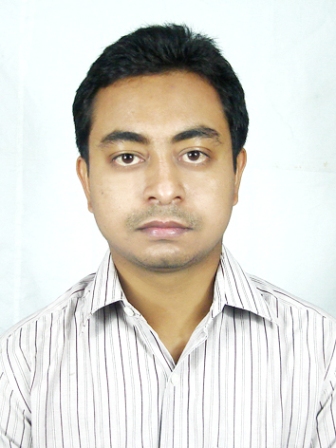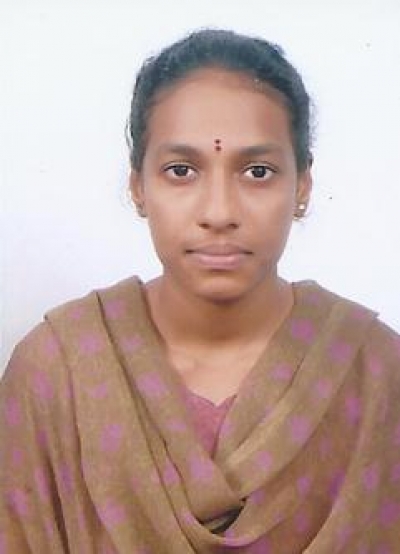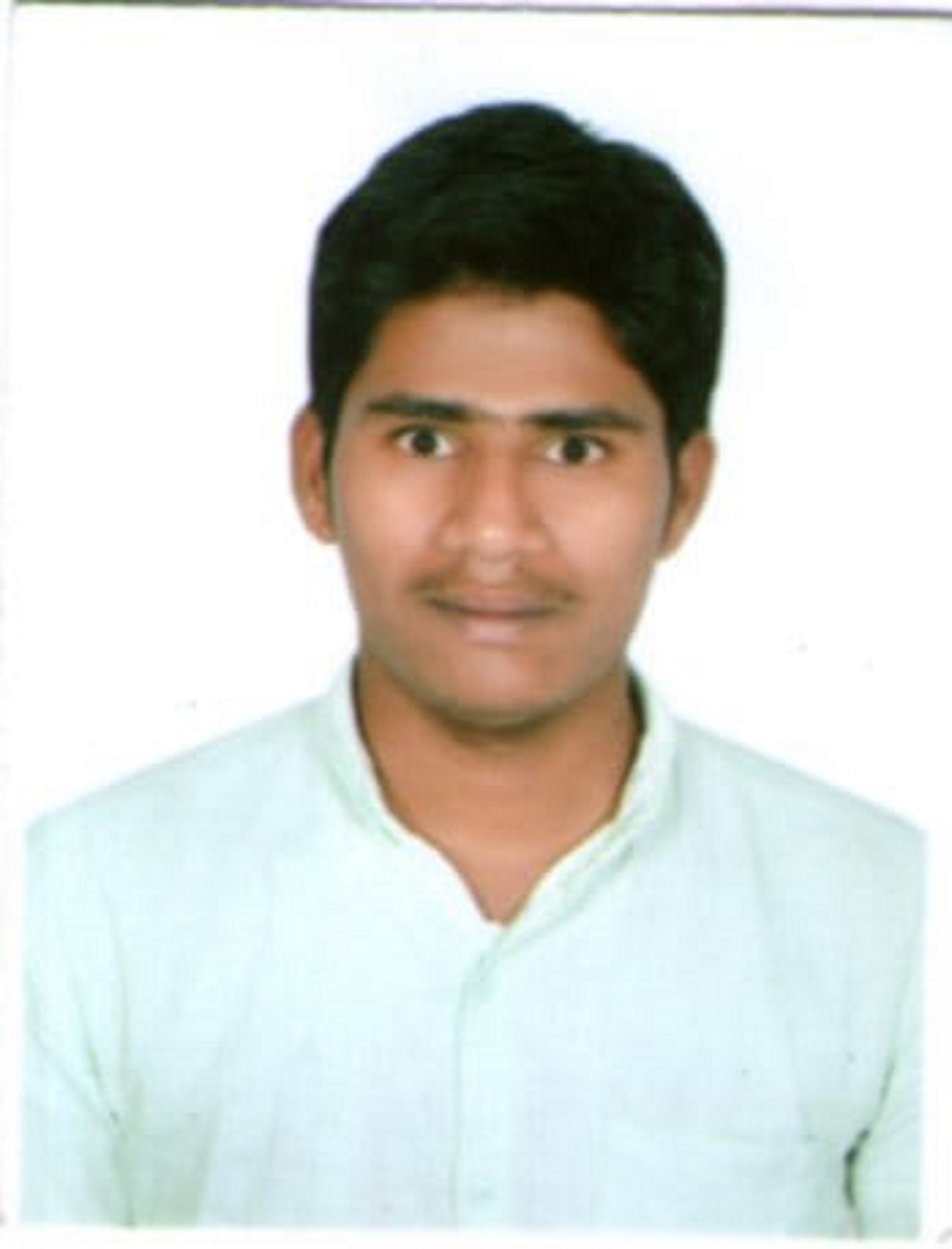Course abstract
Estimates from analyses and audits from various industries suggest that 20 to 50% of industrial energy input is lost as waste heat. This waste heat can be in the form of hot exhaust gases, water/fluid streams (from condensers in power plants) or heat lost from hot equipment and surfaces. As the world strives for higher energy efficiencies, it is imperative that along with better equipment we focus on recovering the energy stored in this waste heat and utilize it for useful purposes.
The proposed course introduces us to various methods of Waste Heat Recovery that has been employed by the industry to harness the energy stored in waste heat and use it for generation of additional electric power.
Course Instructor

Prof. Prasanta Kumar Das
Prof. Prasanta Kumar Das is a Professor of Mechanical Engineering and presently the Dean Post Graduate Studies and Research at IIT Kharagpur. He possesses a vast experience in teaching and research. His research interests lie in the broad area of thermal engineering with a special emphasis on two phase flow. Apart from teaching many fundamental subjects he offered applied courses like Power Plant Engineering, Thermal System Design, Waste Heat Recovery etc. He has also conducted tailor-made courses for industries. He contributed actively in sponsored research and offered consultancy to different Government and private industries. He contributed more than 190 publications in international journals, a vast number of publications in national and international conferences and 10 patents. He has supervised more than 20 scholars for their doctoral degree. He is fellows of Indian National Academy of Engineering and National Academy of Sciences India.More info

Prof. Anandaroop Bhattacharya
Anandaroop Bhattacharya is an Associate Professor of Mechanical Engineering at IIT Kharagpur. His research interests lie in the areas of electronics cooling, transport in porous media and gas turbine heat transfer. Prior to joining IIT, Anandaroop spent 12 years in the industry in USA and India working at Intel, General Motors and General Electric Research Centers. He has 19 US patent filings and close to 45 publications to his credit. He is an Associate Editor of the IEEE Transactions on Components and Packaging Technologies.More info
Teaching Assistant(s)
No teaching assistant data available for this course yetCourse Duration : Sep-Dec 2020
View Course
Enrollment : 20-May-2020 to 21-Sep-2020
Exam registration : 14-Sep-2020 to 02-Nov-2020
Exam Date : 19-Dec-2020
Enrolled
1521
Registered
136
Certificate Eligible
83
Certified Category Count
Gold
0
Silver
10
Elite
38
Successfully completed
35
Participation
29
Legend
AVERAGE ASSIGNMENT SCORE >=10/25 AND EXAM SCORE >= 30/75 AND FINAL SCORE >=40BASED ON THE FINAL SCORE, Certificate criteria will be as below:
>=90 - Elite + Gold
75-89 -Elite + Silver
>=60 - Elite
40-59 - Successfully Completed
Final Score Calculation Logic
- Assignment Score = Average of best 8 out of 12 assignments.
- Final Score(Score on Certificate)= 75% of Exam Score + 25% of Assignment Score
Energy conservation and waste heat recovery - Toppers list
Enrollment Statistics
Total Enrollment: 1521
Registration Statistics
Total Registration : 136
Assignment Statistics
Feedback Videos
Assignment
Exam score
Final score
Exam score
Final score
.jpg)
.jpg)
.jpg)
.jpg)




